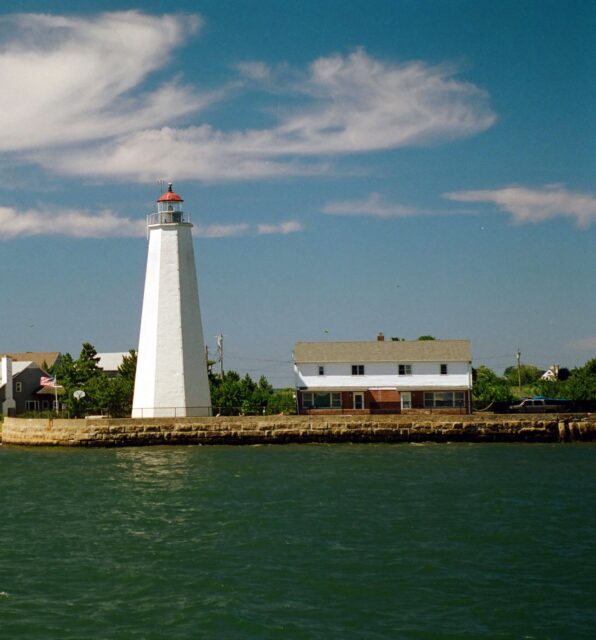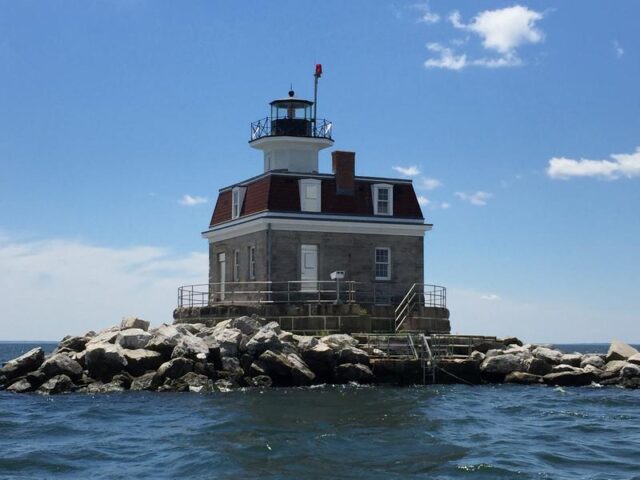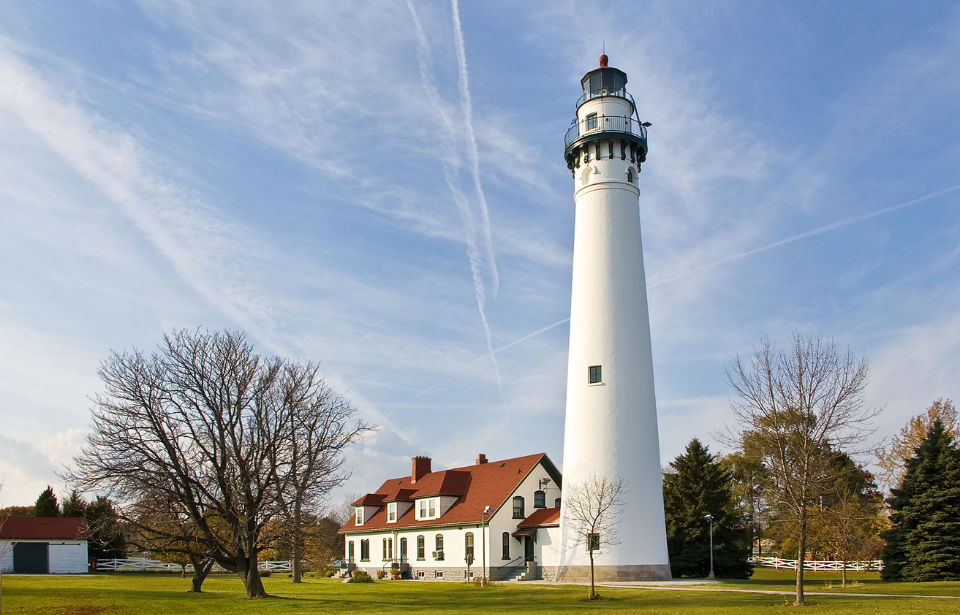Starting in 2000, the US General Services Administration (GSA) identifies lighthouses across the country that are no longer in use by the government. It then makes them available for new ownership. Every May, these lighthouses are listed in the hopes that their new owners will put in the work to preserve them for posterity. This year, the GSA is putting up even more lighthouses than ever before, so if you’ve ever dreamed of owning one, now might be the time.
The GSA puts lighthouses up for auction every year

Lighthouses across America have served as vital infrastructure for maritime travelers, helping them steer clear of dangerous coastlines and hazards hidden under the water’s surface as well as guiding them to the nearest harbor. However, technological advancements in GPS and seafaring navigation have rendered many of these buildings practically useless. Some of them fall into neglect or are demolished altogether.
While they may no longer be of service to people sailing by, many lighthouses are historical landmarks for the cities where they’re located. As such, Congress passed the National Historic Lighthouse Preservation Act in 2000 to help ensure that these buildings are preserved for historical purposes and remain open for tourism. The GSA then determines which of the many lighthouses across the country are no longer needed by the government and hands them over to other eligible entities to take over their maintenance.
There are two ways to acquire a lighthouse

When it comes to acquiring one of the GSA’s lighthouses, there are two ways to do so – for free, and for a cost. Unfortunately, the free method is only offered to federal agencies, nonprofit organizations, educational organizations, local and state governments, and other community organizations. This is because the new owners must be “financially able to maintain the historic light station, and make the station available for education, park, recreation, cultural, or historic preservation purposes for the public at reasonable times and under reasonable conditions.”
A portion of available lighthouses get new owners this way, but there are also a handful of lighthouses that are put up for auction, providing private buyers the chance to snag one for themselves. This year, the GSA has announced a “record number” of lighthouses up for grabs, with six listed through the free method and another four going to auction. Any that are not claimed through the free method will also be put up for auction.
Since starting this program, 70 lighthouses have been sold at auction to private buyers, with another 81 transferred using the free method. Their locations include Connecticut, Rhode Island, New York, Ohio, Maine, Pennsylvania, Michigan, and Massachusetts.
The intent is to ensure the preservation of the historical structures

John Kelly, a member of the GSA’s office of real property disposition, explained, “People really appreciate the heroic role of the solitary lighthouse keeper. They were really the instruments to provide safe passage into some of these perilous harbours which afforded communities great opportunities for commerce, and they’re often located in prominent locations that offer breathtaking views.” Keeping their history and legacy alive is one of the main goals of the GSA’s efforts.
Robin Carnahan, administrator of the GSA, said, “They’re such unusual reflections of our history that it takes a certain kind of person who wants to be a part of that.” Taking on a lighthouse is no easy feat either, and the people who win their bids are expected to paint, clean, and restore areas of their lighthouse that require it, as well as pay any of the necessary utility bills to make the building habitable. This could range anywhere from the cost of simple cleaning supplies to thousands of dollars in restoration fees.
More from us: This Australian City Was Accidentally Paved With Real Gold
There’s no better waterfront property than a lighthouse, and with a little patience and elbow grease, they could become full-time residences.
